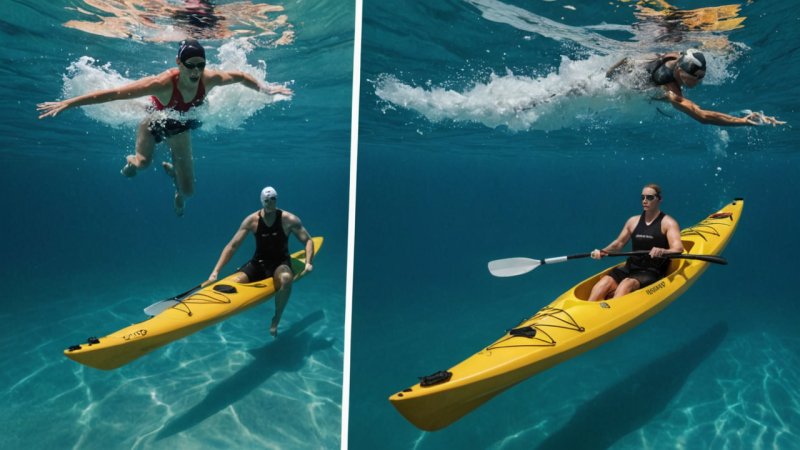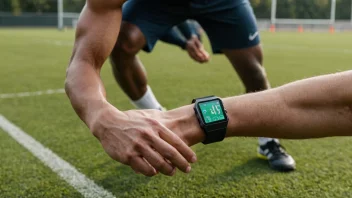Cross-training has become an essential practice for athletes across various sports, including water sports. This approach not only enhances athletic performance but also minimizes the risk of injuries by engaging different muscle groups. In this article, we will compare two popular cross-training activities for water sports athletes: swimming and kayaking. We will delve into the benefits, drawbacks, and unique contributions of each discipline to overall athletic performance.
Overview of Swimming as a Cross-Training Activity
Swimming is often considered one of the best cross-training exercises due to its low-impact nature and full-body engagement. It strengthens core muscles, improves cardiovascular endurance, and enhances flexibility. Let’s explore the advantages and disadvantages of swimming for water sports athletes.
Pros of Swimming
- Low Impact: Swimming places minimal stress on joints, making it suitable for athletes recovering from injuries.
- Full-Body Workout: Engages multiple muscle groups, improving overall strength and coordination.
- Cardiovascular Benefits: Enhances lung capacity and aerobic endurance, vital for water sports performance.
- Recovery Aid: The buoyancy of water helps in muscle recovery and rehabilitation.
Cons of Swimming
- Limited Specificity: While beneficial, swimming may not replicate the exact movements required in other water sports.
- Access to Facilities: Requires access to a pool or open water, which may not be available for all athletes.
Overview of Kayaking as a Cross-Training Activity
Kayaking offers a different set of benefits for water sports athletes. It emphasizes upper body strength, core stability, and functional movement patterns that are essential in various water sports. Let’s take a closer look at the pros and cons of kayaking.
Pros of Kayaking
- Muscle Strengthening: Primarily strengthens the arms, shoulders, and core, key muscles for many water sports.
- Functional Movements: Mimics the paddling motion found in sports like canoeing and rowing, enhancing muscle memory.
- Outdoor Experience: Provides an opportunity to enjoy nature and improve mental well-being.
- Flexibility and Balance: Improves balance and coordination, which are crucial for performance in water sports.
Cons of Kayaking
- Higher Impact: Can be more taxing on the joints, especially if done excessively without proper technique.
- Skill Requirement: Requires a degree of skill and safety knowledge, especially in open water conditions.
Comparison of Benefits for Water Sports Athletes
When comparing swimming and kayaking, it’s essential to consider how each activity contributes to the specific demands of different water sports. Below, we will outline the unique benefits of each discipline for athletes engaged in water sports.
Cardiovascular Fitness
Swimming excels in improving cardiovascular endurance, which is crucial for stamina in long-distance water events. In contrast, kayaking offers bursts of high-intensity paddling that can also enhance cardiovascular capacity but in a different manner.
Muscle Development
Swimming provides a more balanced approach to muscle development, engaging both upper and lower body muscles. Kayaking, however, focuses predominantly on the upper body and core, which is beneficial for sports that require upper body strength.
Recovery and Injury Prevention
Swimming’s low-impact nature makes it ideal for recovery, allowing athletes to train while minimizing the risk of exacerbating injuries. Kayaking can also aid recovery but may increase the risk of joint strain if not performed correctly or excessively.
Conclusion
In conclusion, both swimming and kayaking offer valuable benefits for water sports athletes looking to enhance their performance and stay safe. Swimming is an excellent choice for overall cardiovascular fitness and recovery, while kayaking provides targeted strength development and functional movements. Ultimately, the best cross-training activity will depend on the athlete’s specific sport, goals, and preferences. A combination of both may yield the most comprehensive benefits, allowing athletes to maximize their training while minimizing the risk of injury.






